Alright – so today we’ve got the honor of introducing you to Lee Calisti. We think you’ll enjoy our conversation, we’ve shared it below.
Lee, thanks for taking the time to share your stories with us today Let’s jump to the end – what do you want to be remembered for?
I want to have been the best husband and dad. However, as an architect, I want to be good. Let me explain.
Good is a word that is rarely used without modifiers. It’s often erroneously surpassed by words like great or even fantastic. I think it stands alone. For instance, how do you measure if you’re good at something? Can you ever say or know if you’re good at something? Will someone else ever say you’re good?
When I say good, I don’t mean moderately talented, clever, or even skilled. I just mean good in the purest sense of the word without superlatives or any other adverbs in front of it. Good is just that, good.
During my years of teaching at Carnegie Mellon University, we had an 86 years old sculptor as a guest. He has carved many-a-piece of wood, and I think we can truly say he is good. Sure we can use a plethora of other positive adjectives, but I believe saying good covers it. As he spoke to the students in simple but profound terms, one could sense the years of experience, the learned knowledge from perfecting a single craft, a deep skill, and the utmost beauty. Regardless of whether one “gets” his work or even likes it, the man is clearly good. He has spent time at it. He knows it.
As I ponder this now, as I regularly do with things like this, I think about having been an architect for over thirty years. I’m beyond a novice now, but in “architect years,” I’m still relatively young. Most days, I feel like I know nothing. Some days I wonder if I know anything. In fact, it’s not until I’m asked a question or show my work or sketch in front of someone that I begin to feel confident in what these years have taught me. Will this ever change?
Some have stated that it takes 10,000 hours at a skill or task to begin to master it. That’s a minimum of five years of 40-hour weeks. Of course, during those five years, I doubt one solely did a single task to master it. So how long does it take to be “good?” What does it take for one to be recognized as good?
I believe if you want to be good, you have to want it and pursue it. Think of a good musician. That person probably started playing at a young age and practiced and played incessantly for decades. They fine-tuned (pardon the pun) their ability to play by knowing their instrument better than anything else they do. It’s probably like an extension of their hands. Since I have no musical ability, this really blows my mind.
Being an architect is not just a job, a career, or even a vocation. Perhaps it is to some, that’s fine. However, to me, it’s more than that. Yes, there are far more important things in my life, undoubtedly. But if I make it to 86 or even 83, will someone look over at me and say, “see that architect, he’s good.”
It’s an instant world, but the best things in life are not.


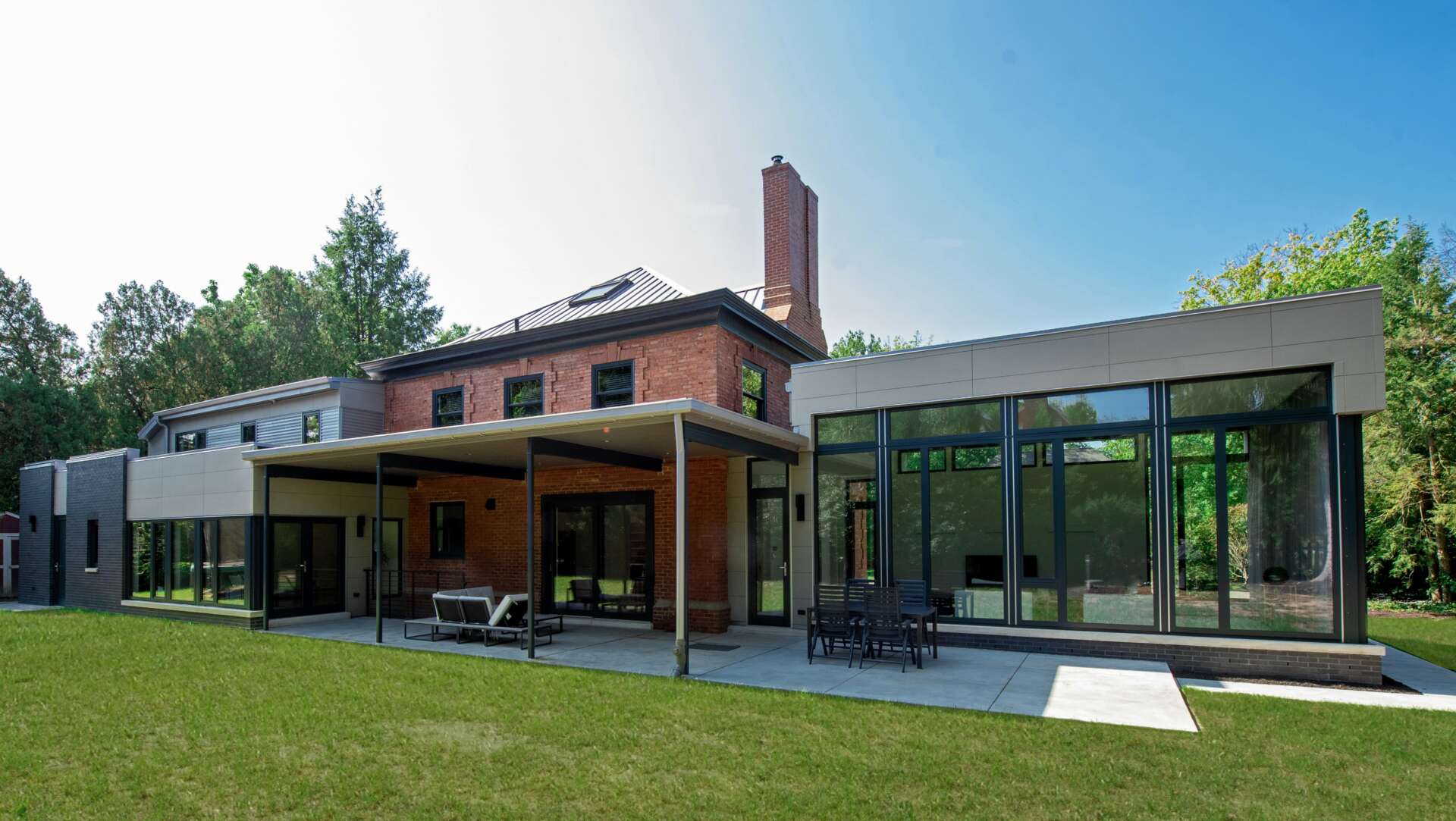

Awesome – so before we get into the rest of our questions, can you briefly introduce yourself to our readers.
Lee Calisti, AIA, simply loves being an architect.
Spend a few minutes with Lee, and one will quickly conclude how he begins each project with his proactive, energetic method and his distinctive attention to detail. Given the opportunity, he is capable of finding unexpected solutions to complex issues.
Lee feels that architecture chose him as many of his early childhood and pre-teen interests pointed in this direction. He was an aspiring artist, lover of music, maker of things, and thinker, yet found himself fascinated with construction. Even at ten or eleven years old, one could find him at a drafting table drawing houses, making models, or working towards his goal of working for Marvel comics (that one didn’t pan out).
We make places where you live your life and make your memories. Perhaps we make art. Our architecture strives to balance the necessary and delightful – work that is creative, functional, socially and environmentally responsible, and practical; hopefully, it is even fun. We believe it communicates to people in powerful and profound ways. The advantage of working with our small practice is that you get to work directly with the owner and his wealth of experience spanning more than 30 years.
Architecture is hard – quite difficult, and we live in an era where everyone believes they are an expert. Our media encourages that fantasy. Success comes from finding the right architect. Most of our work consists of breathing new life into or extending an existing structure. The complex nature of reconstruction demands intense coordination and management with our clients, engineering consultants, qualified contractors, and even code officials. It is rewarding to preserve and add to an existing structure rather than start from scratch. Those values do not negate taking on commissions for new construction, yet it takes a better argument to defend disturbing an untouched site when so many remaining structures need help.
Our process is driven not by adhering to style but by analyzing the client’s needs by carefully considering the site and program, space exploration, materials, and creative ways to meet the budget. We search to develop clear, distinguished work informed by the craft of construction, sustainability, culture, and technology. Most see our work as modern (or contemporary); we see it as refined, elegant, resolved, or even subtle.
We believe in essence – that how something looks must be integral to how it works.
Our collaborative approach engages the client and consultants during the entire design process. We also believe that contractors, craftpersons, vendors, and all other participants can contribute at all levels of the design process. A patient, considerate approach with respectful exchanges between stakeholders leads to the best decision-making and authentic, mature work.
Can you share one of your favorite marketing or sales stories?
This story has two sides that are equally true simultaneously. Say yes – and say no.
Early in my practice, I had a part-time teaching job that helped support our family while I built my business. Back then, I was still learning how to manage a flow of projects. Near the latter part of one year, I had a few hopeful projects lined up of interest, leading me to pass on a few less desirable projects. Sure enough, the projects didn’t come through, and I ended up with very little work over the late months of the year when people are thinking about holidays and family over construction projects. Lesson learned – load up at the end of the year, and don’t say no to projects until it’s certain that others are confirmed.
As time went by and I built my business, I had to reconsider this adage of taking what comes in the door. My project list was increasing, and my reputation was solid. Now I had to learn to say ‘no.’ It wasn’t merely saying no to control the workload, but that’s related. I learned to say no to work that didn’t further the firm’s goals and direction I wished to head. Generally speaking, work of one type begets other work of that type. I began to pass on smaller projects that I didn’t enjoy, were not profitable, or wouldn’t get me recognition. It’s risky, but it actually worked. People recognized the caliber of work I could do – and was doing in my community,
My reputation (and name) is all I own. I need to protect it vigorously. Every project isn’t an award winner, but I’m much more careful about the work I choose and how I build relationships. Good relationships lead to more work and make the work more enjoyable. Good work also begets good work.
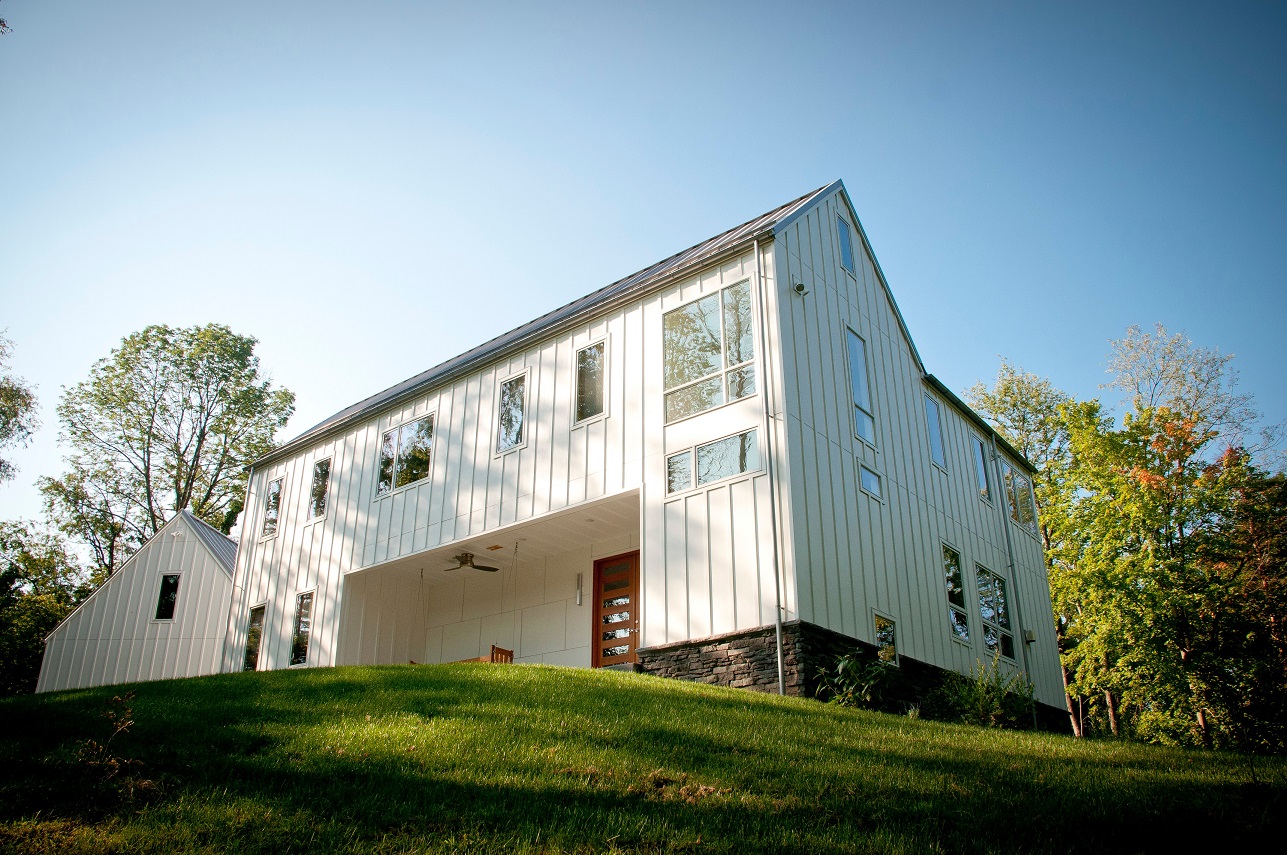
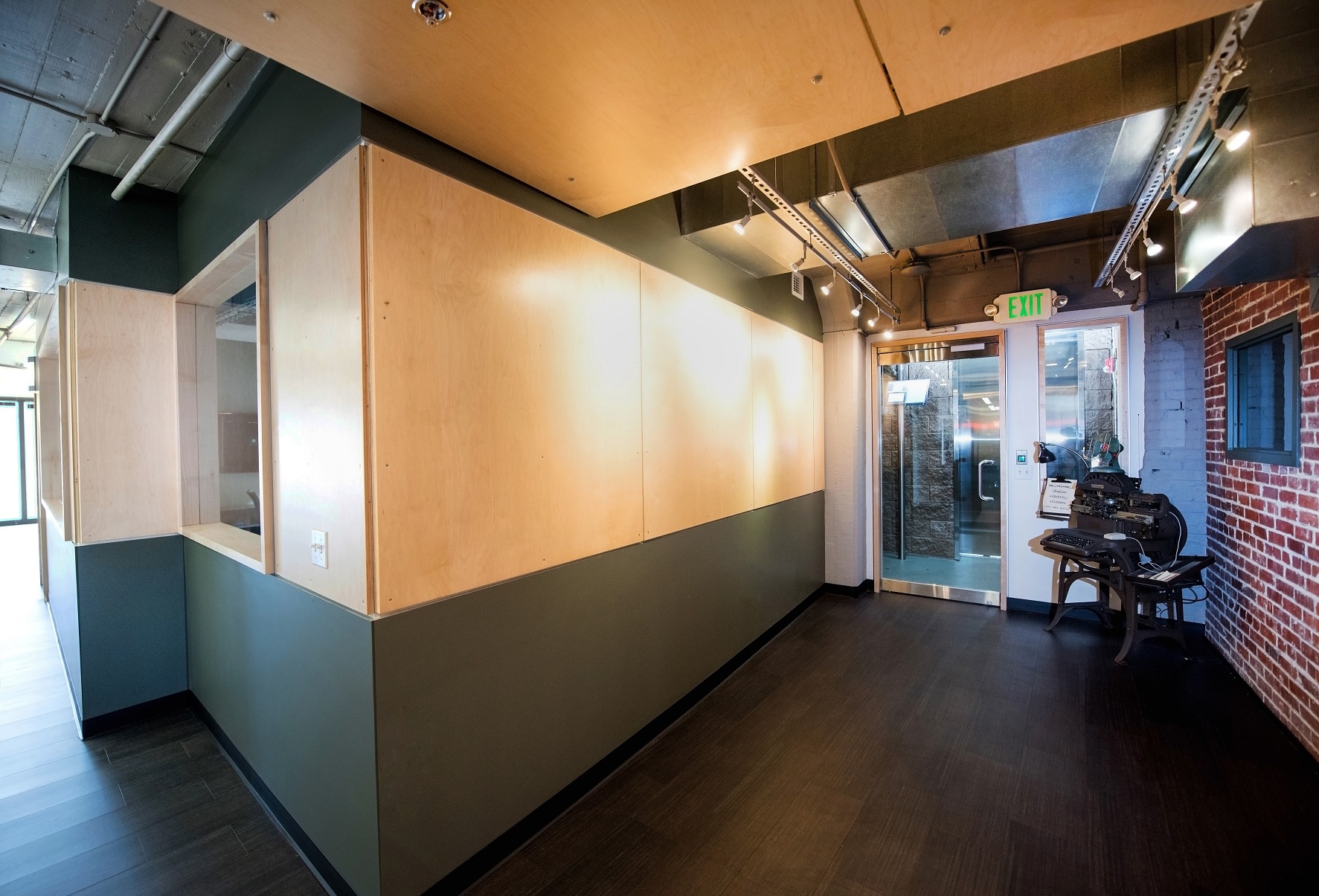
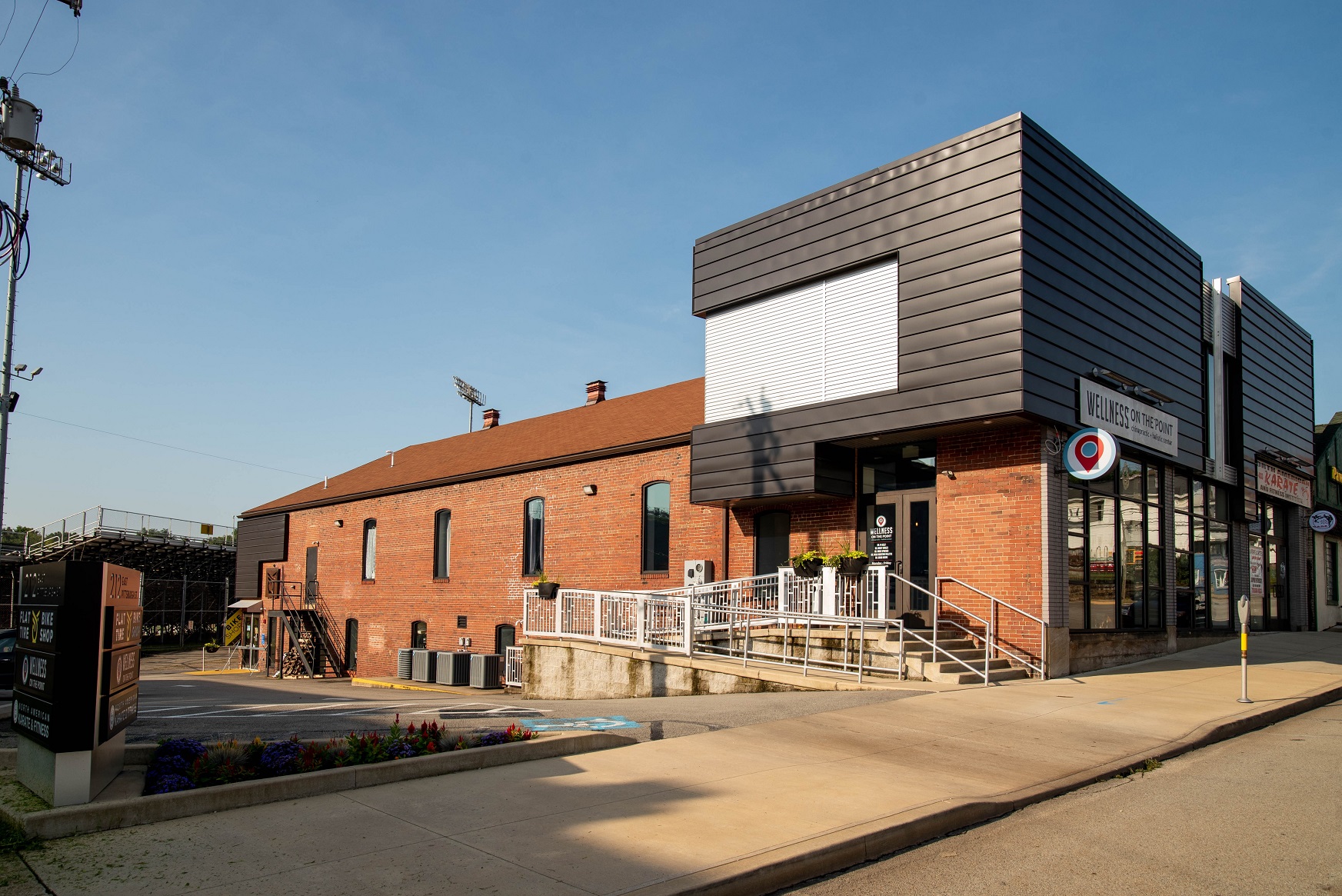
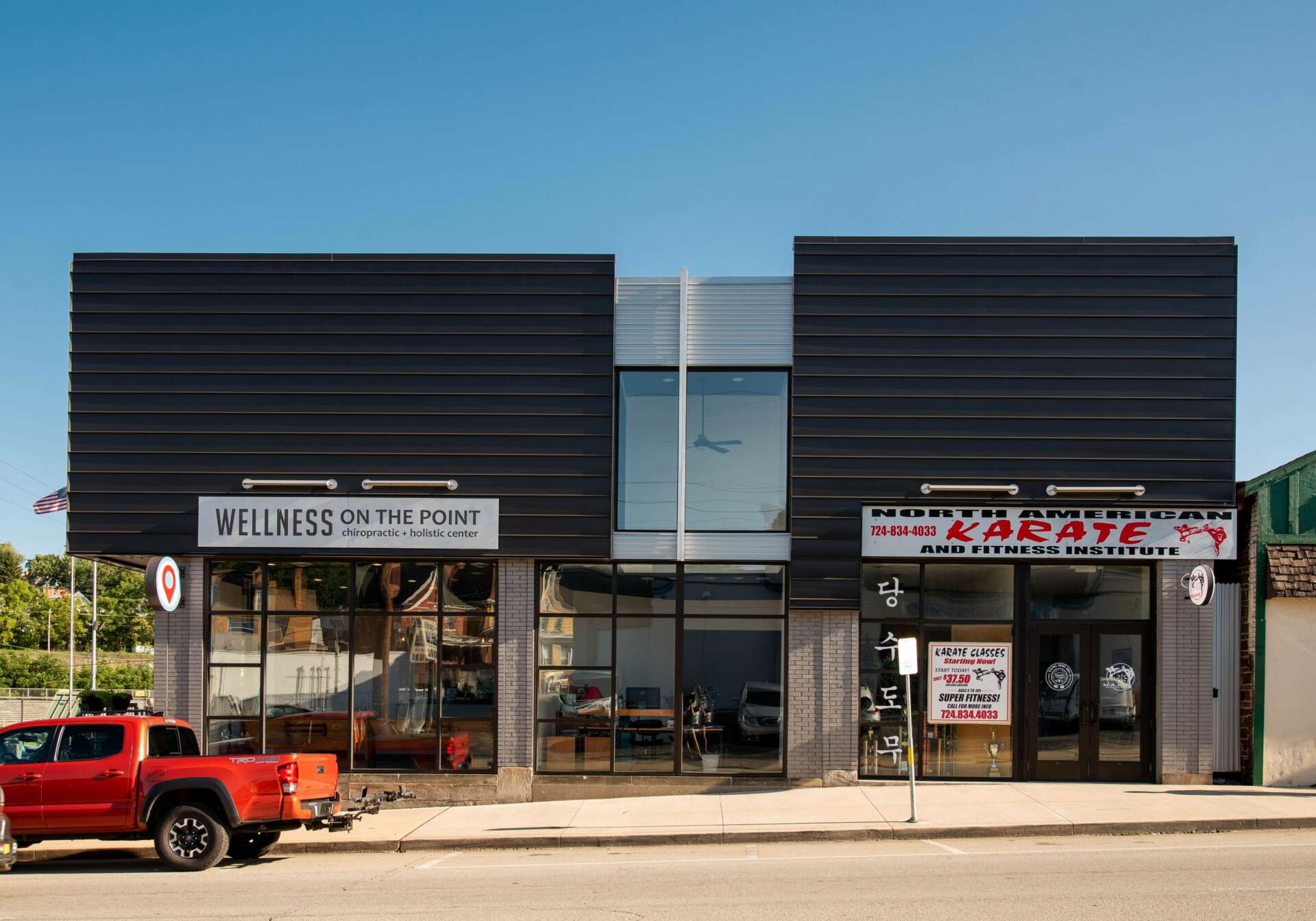
Where do you think you get most of your clients from?
Word of mouth and personal referrals will always be the most reliable form of business development. However, one must have consistency in one’s work to back up the sales pitch.
Most residential work comes from a form of social media or our website. It’s the nature of how people find architects personally in our culture. Therefore, that search has to come up with as much about a person as possible. Using Instagram, a blog, interviews for trade magazines, podcasts, radio shows, and news articles add to a digital presence and image that is hard to craft.
The other method that has been the most successful for commercial work comes from developing business relationships. Many find marketing clubs, golf outings, or b-to-b methods useful, but I find more comfort and sincerity in spending time with people one-on-one. I prefer the coffee method.
In my hometown, there is a coffee shop that serves as the town center. The owner is a client and friend. Thus, I purposely have most of my meetings at that shop. It places me in the public realm, and networking happens organically, naturally, and who doesn’t love good coffee? Other methods don’t fit my personality, and I struggle to find people’s sincerity.
Want to interview me or get to know me as a prospective architect? Let’s have coffee; your next decision will be evident when our cups are empty.
Contact Info:
- Website: https://www.leecalisti.com/
- Instagram: https://www.instagram.com/leecalisti/
- Facebook: https://www.facebook.com/leeCALISTIarchitecture
- Linkedin: https://www.linkedin.com/in/leecalisti/
- Twitter: https://twitter.com/leecalisti
- Other: https://thinkarchitect.wordpress.com/
Image Credits
SkySight Photography – Autumn Stankay


